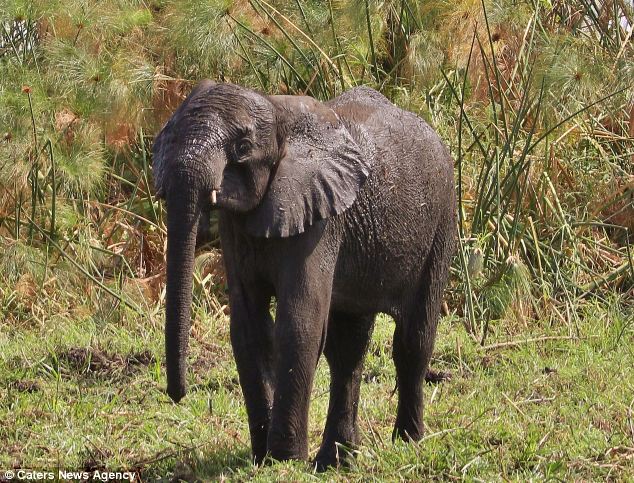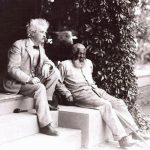Pulled from the Mud: The 12-Hour Battle to Save a Young Elephant
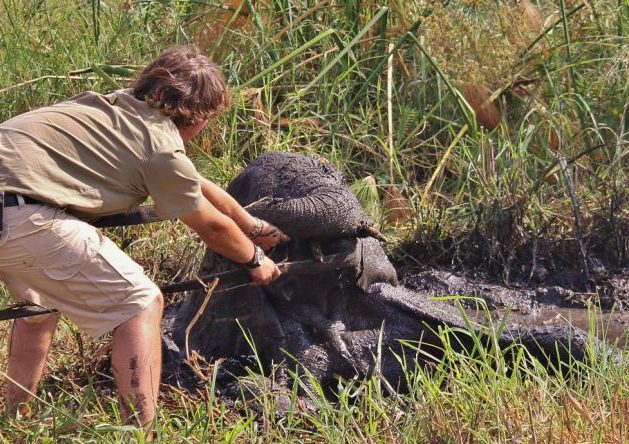
The sun beat mercilessly down on the banks of the Zambezi River, but for one young elephant, the real enemy was not the heat — it was the mud.
Half-buried in a treacherous marshland, his massive body was trapped, his trunk barely able to rise above the surface. For over twelve hours he had fought, his every breath a struggle against suffocation, his every attempt to free himself dragging him deeper into despair.
Safari tourists first spotted him. What should have been a morning of wonder and photographs quickly turned into a desperate call for help. The sight of the little bull — just five years old — stuck up to his neck in fast-drying clay was enough to silence even the most excited travelers.
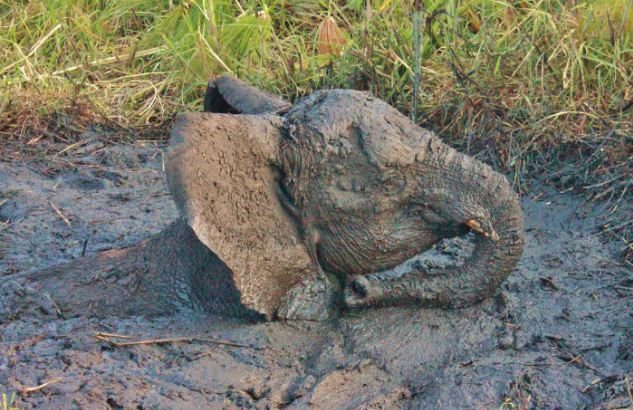
A Race Against Time
Word traveled quickly. Bradley White and his wife, Annelize, owners of a nearby safari lodge, received the call. Without hesitation, they assembled a small team and rushed to the scene.
When they arrived, the gravity of the situation was undeniable. The elephant’s eyes rolled with panic. His trunk thrashed weakly, the sound of his distressed cries carrying across the riverbanks. Predators such as vultures and hyenas, always attuned to the vulnerability of nature, circled in the distance — waiting.
“This animal has maybe hours left,” Bradley thought as he assessed the scene. “Without help, he won’t survive.”
The mud was more than just sticky earth. It was a death trap, hardening under the scorching sun, compressing his legs, cutting off circulation, and draining his strength with every passing minute.
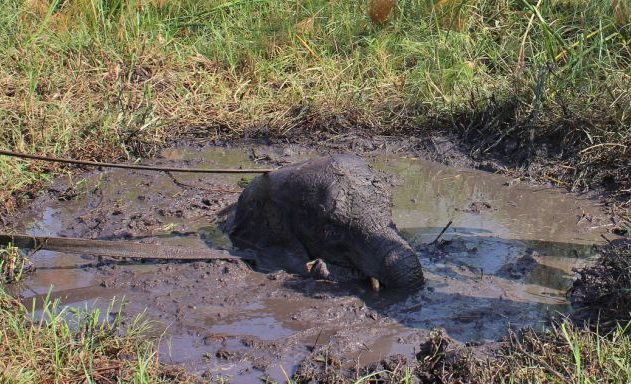
The First Attempts
The rescue team started with the basics — ropes, manpower, and determination. But each attempt to drag the elephant free ended in failure. His weight, combined with the suction of the mud, made the task nearly impossible.
Water was their next weapon. They poured nearly 200 liters over the clay, softening it, cooling the elephant’s overheated body, and giving him the faintest chance of movement.
Still, the danger was immense. Pulling him by the legs risked serious injury — bones could snap under pressure. So the team made a calculated decision: they would secure the rope around his neck, where his strength could handle the strain.

The Struggle for Freedom
The elephant, exhausted yet unwilling to give up, responded with faint bursts of energy. His sides heaved, his trunk flailed, but he could no longer summon the strength to rise.
The rescuers worked in unison. Some tugged at ropes, others shoveled mud, and others shouted encouragement as if sheer willpower could keep the young bull alive.
Annelize, crouching near his head, offered a simple motivator: treats. A handful of nuts, extended toward his mouth, became a spark of hope. Slowly, agonizingly, he responded, shifting his weight, inch by inch.
“One more push,” Bradley urged. “Come on, boy. Just one more.”
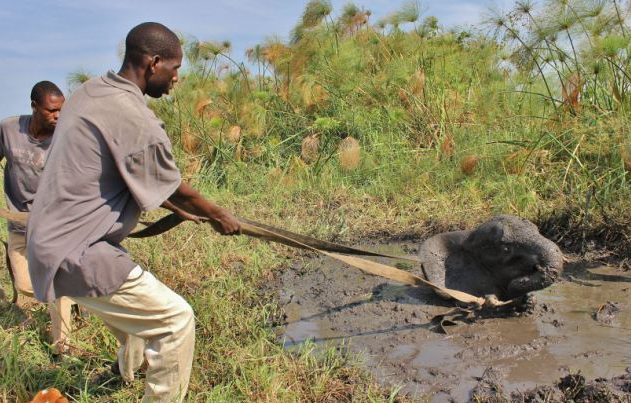
A Collective Heave
At last, with ropes secured to a vehicle, the team coordinated their effort.
“One… two… three… pull!”
The elephant’s massive frame shifted. Mud sloshed, ropes strained, and hearts pounded. With another pull, his legs began to emerge, trembling, coated in heavy clay. His trunk swung wildly, a signal of both panic and determination.
Then, with a final surge — aided by the encouragement of voices, the taste of nuts, and the relentless pull of his rescuers — the young bull was free.
Shaky but Alive
The elephant collapsed briefly on solid ground, his body trembling from exhaustion. Volunteers splashed water across his face and eyes, washing away the grime of his ordeal. His chest heaved in great, shuddering breaths.
But within minutes, something extraordinary happened. He stirred. He rose, slowly at first, his legs wobbly and uncertain. Then he stood tall, ears flapping, trunk lifted to the sky as if in triumph.
The crowd of rescuers erupted in cheers, tears, and relief. Against all odds, the little giant had survived.
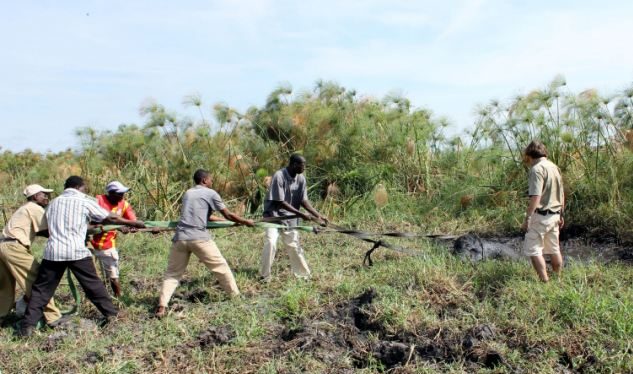
The Aftermath
Bradley reflected on the ordeal later:
“These mud pools are dangerous traps. Elephants come seeking greenery and water, but when they slip, they sink fast. Without intervention, they face a slow, cruel death — either from exhaustion, dehydration, or predators waiting to finish the job. Today, we stopped that fate.”
For now, the young bull roams freely again. Though still under the watchful eyes of Bradley and Annelize, he has shown remarkable resilience. He feeds, he walks, and he has returned to the wild rhythm of life.
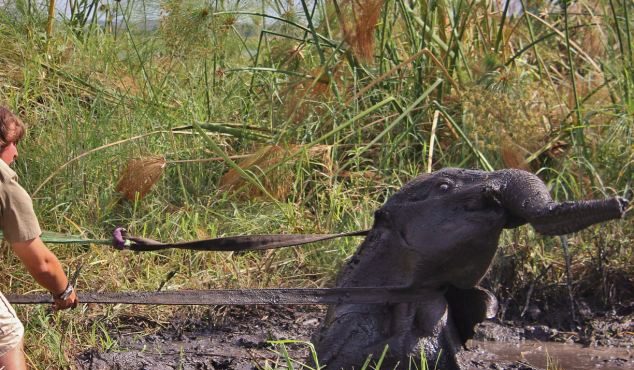
More Than a Rescue
This was more than just saving one elephant. It was a story of compassion — of humans choosing to intervene, to fight alongside an animal in peril, and to remind the world that every life, no matter how small or large, matters.
Tourists who witnessed the ordeal will carry the memory forever: the image of a massive creature humbled by mud, and the triumph of a team who refused to give up.
And perhaps, the young bull will carry it too — a lesson written not in words, but in the rhythm of his beating heart, in the strength of his first steps back to freedom, and in the knowledge that even in his darkest hour, someone cared enough to pull him from the mud.
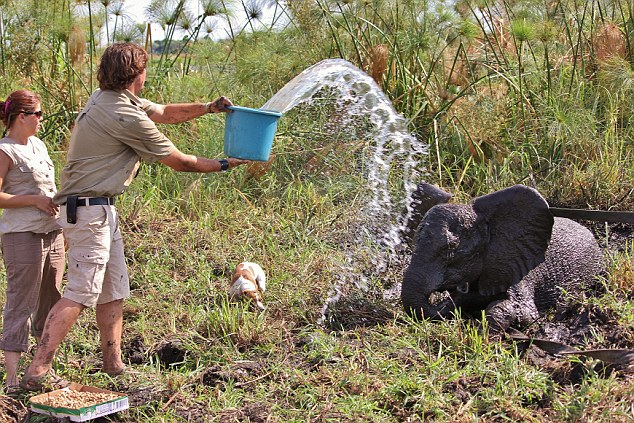
Over 12 hours in the grip of death, and yet, against all odds, life prevailed.
The Zambezi River has many stories, but on that day, it bore witness to one of hope, courage, and survival.
Because sometimes, miracles don’t descend from the heavens. Sometimes, they are pulled gently — and desperately — from the mud.
